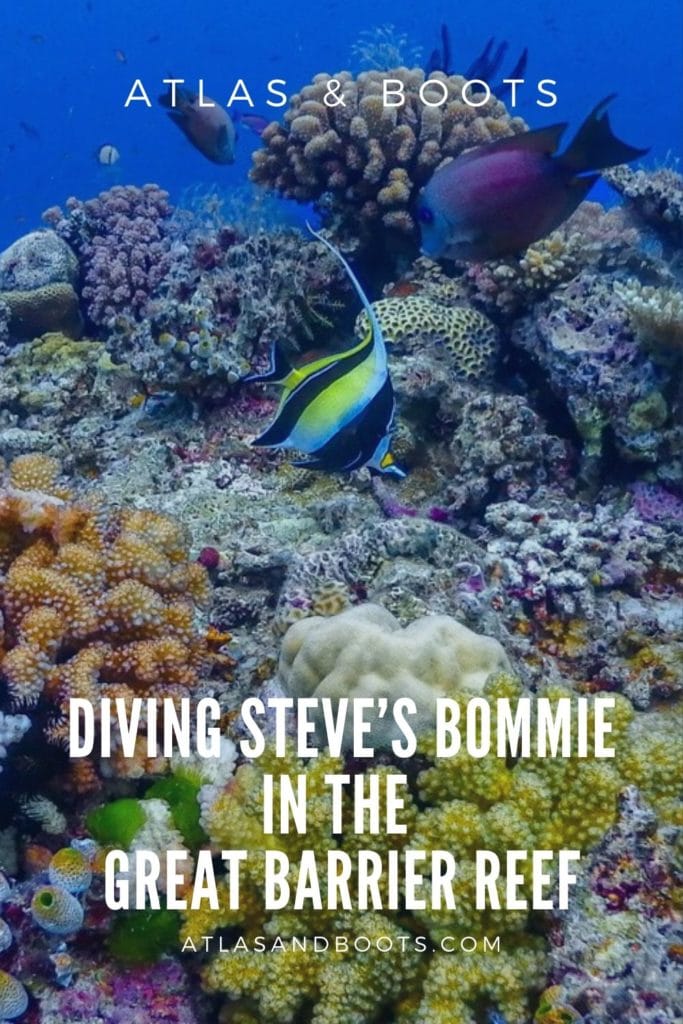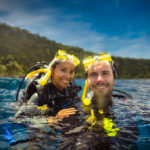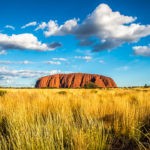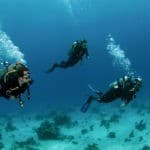A first-hand report of diving Steve’s Bommie in the Great Barrier Reef including information on when to go, how to get there and what to expect
It started with a whisper, as if he were revealing a state secret or the coordinates of Atlantis. His shoulders eased into the buttery leather of his seat, his stance loose and casual, as if this were any other drink on any other evening of our small-ship expedition across the Great Barrier Reef. His tone, however, betrayed something different: a low and certain intensity, alerting us to the fact that this dive would be like no other.
He would need special dispensation from the captain, said Colin, our dive instructor on the expedition. We’d have to leave early and take the dinghy and be back before breakfast. Nothing was guaranteed, but he’d talk to the captain and we’d wait and see.
Colin drew us a diagram of Steve’s Bommie. Somewhere between Ribbon Reefs #2 and #3 stood this extraordinarily isolated pinnacle, stretching from a depth of 35m up to around five, usually explored in an upward spiral swim.
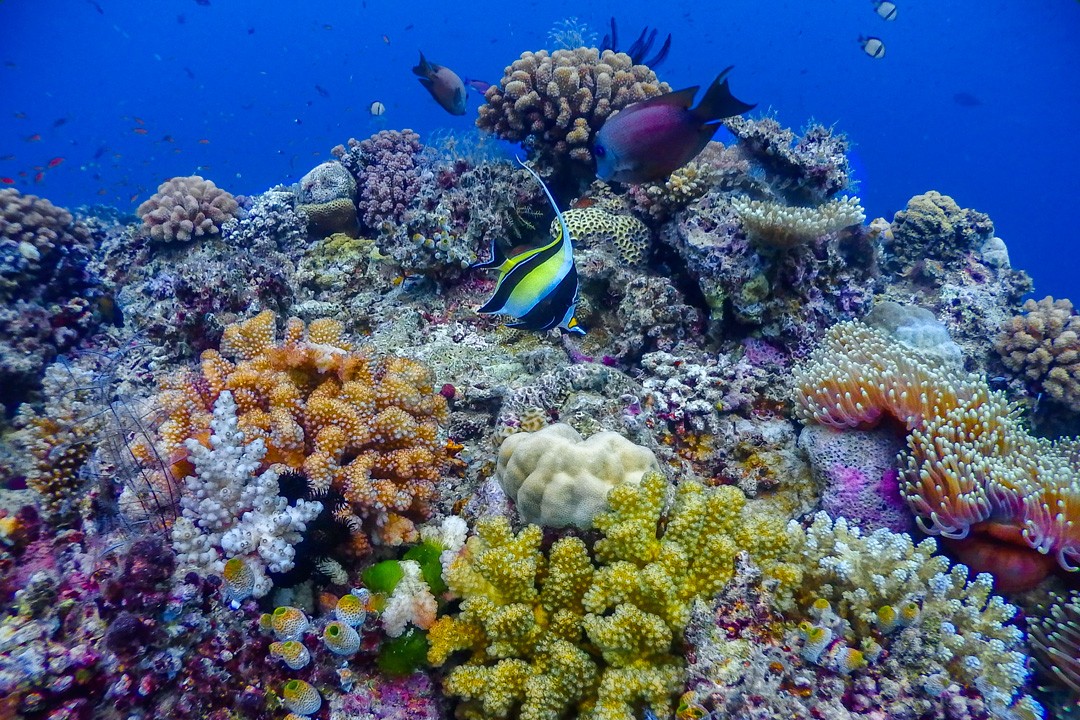
There were no other divers on our expedition, so Peter and I would be the only passengers on the dive. Such was the legend of Steve’s Bommie that members of the crew clamoured to join in. Counting me, Peter, Colin and his divemaster colleague, Majek, there was only room for one more crew member. Our resident marine biologist, Riccardo, gallantly stepped aside for Jamie from hospitality.
And so we woke the next morning under the crack of dawn, tired but delighted that the skipper had sanctioned the outing. We bundled into the dinghy, fins and equipment ready and prepared by the ever-efficient Colin.
Daylight bloomed as we journeyed 15 minutes or so away from the ship, stopping when we reached somewhere around S15° 30′ 06.4″ E145° 47′ 16.7″ (though who knows, such is the magic of Steve’s Bommie, it may well have moved).
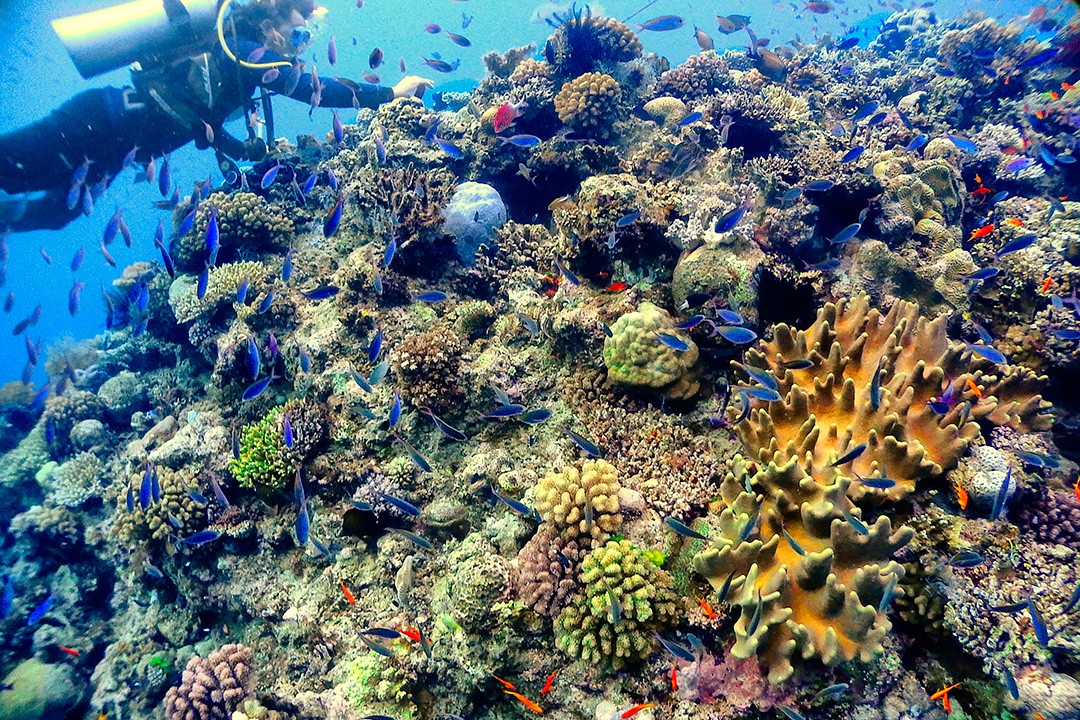
We pulled on our masks and fins and though I brimmed with familiar pre-dive adrenaline, this was in a more pleasant vein. I’ve said before that diving is tricky because as soon as you do two, it’s usually time to go home after which you don’t dive for another six months, quickly falling out of practice. This time, however, I had spent six days on the ship, diving with Colin nearly every day and was therefore familiar with my gear, weighted perfectly, and generally calm and confident.
We rolled into the water and descended with no ado. Immediately, we noted the incredible visibility. At Steve’s Bommie, it regularly reaches 30m, a welcome fact given that I had to stop at 18m while the others, all certified beyond my Open Water Diver level, descended a further six metres to observe a turtle.
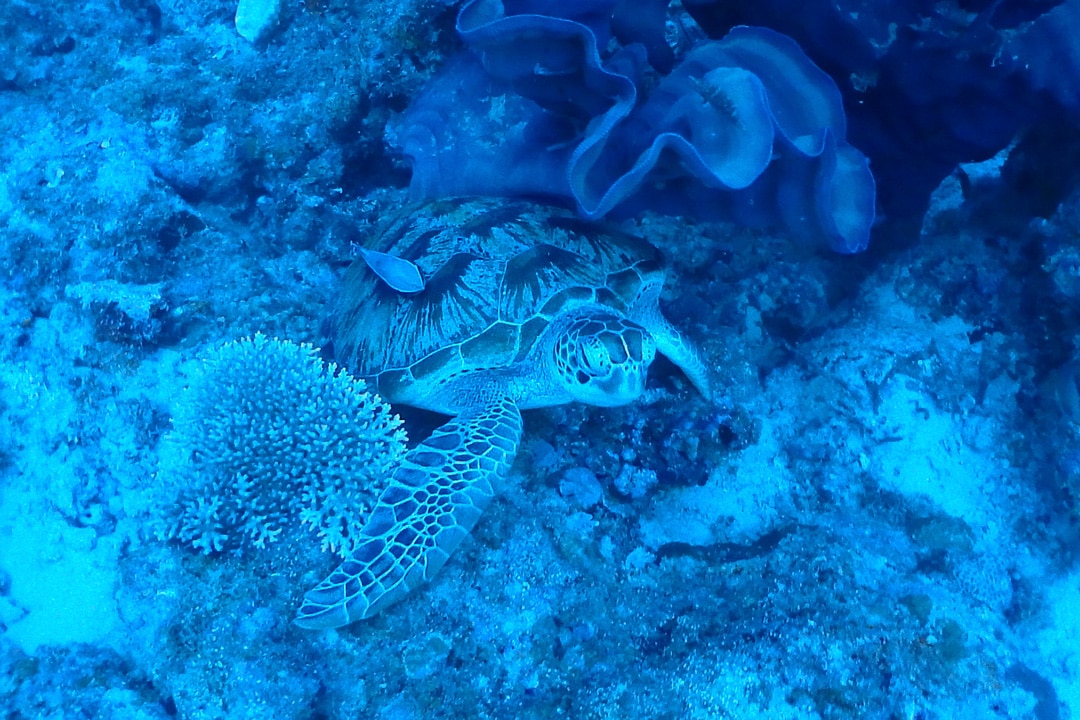
I found myself at a loss, for Steve’s Bommie was like nothing I’d ever seen. Diving in the Galápagos was more surreal and, on cold reflection, pips Steve’s Bommie to the best dive I’ve ever done, but the colour and variety in the Great Barrier Reef was simply unrivalled.
Steve’s Bommie teems with life. We watched it dance and play and cry and sway all over the walls of the pinnacle. Clownfish of bursting orange curled in the tentacles of fat-fingered anemone next to schools of yellow snapper and anthias of a Disney purple hue.
We corkscrewed around the bommie, peeking in nooks and crannies, catching the eye of a scorpionfish, rearing at the nightmare silhouette of a lionfish. The range of species is impossible to recall, among them flame file shells, eels, crabs, nudibranchs and mantis shrimp. There may have even been an octopus or Wobblegong shark camouflaged in the crevices.
I noted wryly that ‘Steve’s Bommie’ was a typically Australian understatement. A brasher nation would have surely called it Atlantis.
The eponymous Steve is said to be a legendary diver (also in turns a chef, customer, free diver and guide) who died at the site. The truth remains unknown, but I’m told there is a commemorative plaque attached to the bommie at 25m.
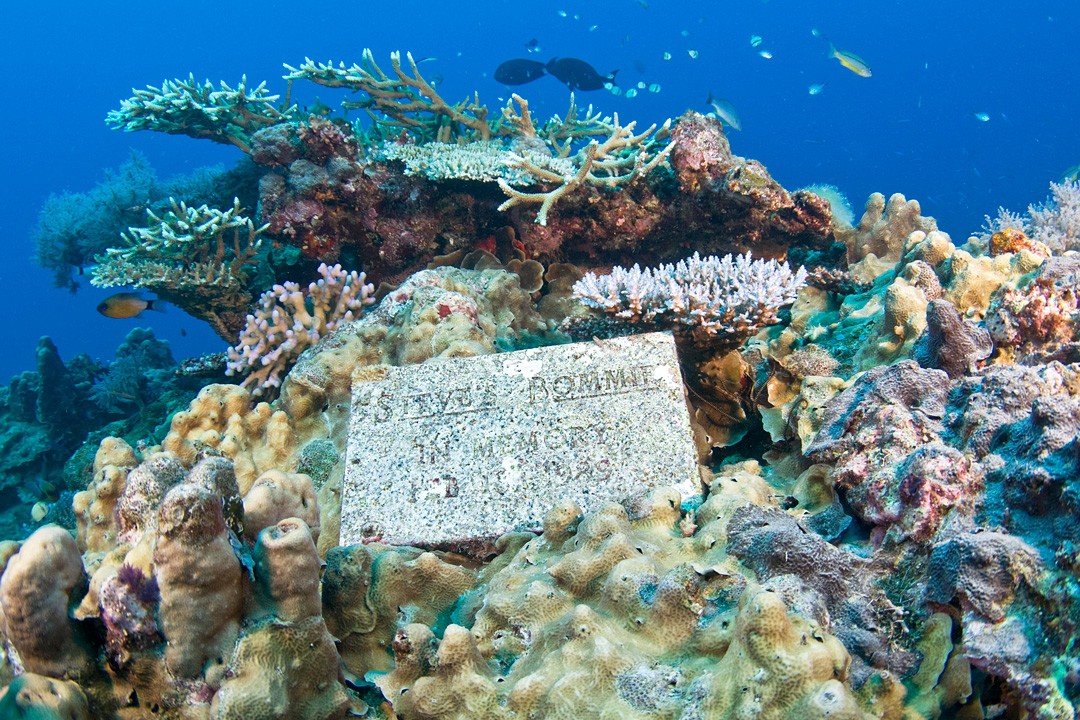
We spent just over half an hour circling Steve’s Bommie and were utterly enchanted by what must be one of the best dive sites in the Great Barrier Reef.
After the customary safety stop, we all surfaced together, yelping in utter glee. Steve’s Bommie is everything we learnt to dive for. It’s an alien world rendered in stunning clarity, a throbbing hub of life, a chance to see extraordinary megafauna and to learn once again why it’s so important to protect our planet.
It’s why we do not discourage people from visiting ecosystems like the Great Barrier Reef. It’s fair to say that most people are apathetic about the environment, but it’s experiences like this, conducted sustainably, that foster true investment in wildlife and nature; that show you what we have to lose; that make your pledge to reduce plastic use.
It’s experiences like this that demonstrate the extraordinary nature of life on Earth and reminds us of its true value.
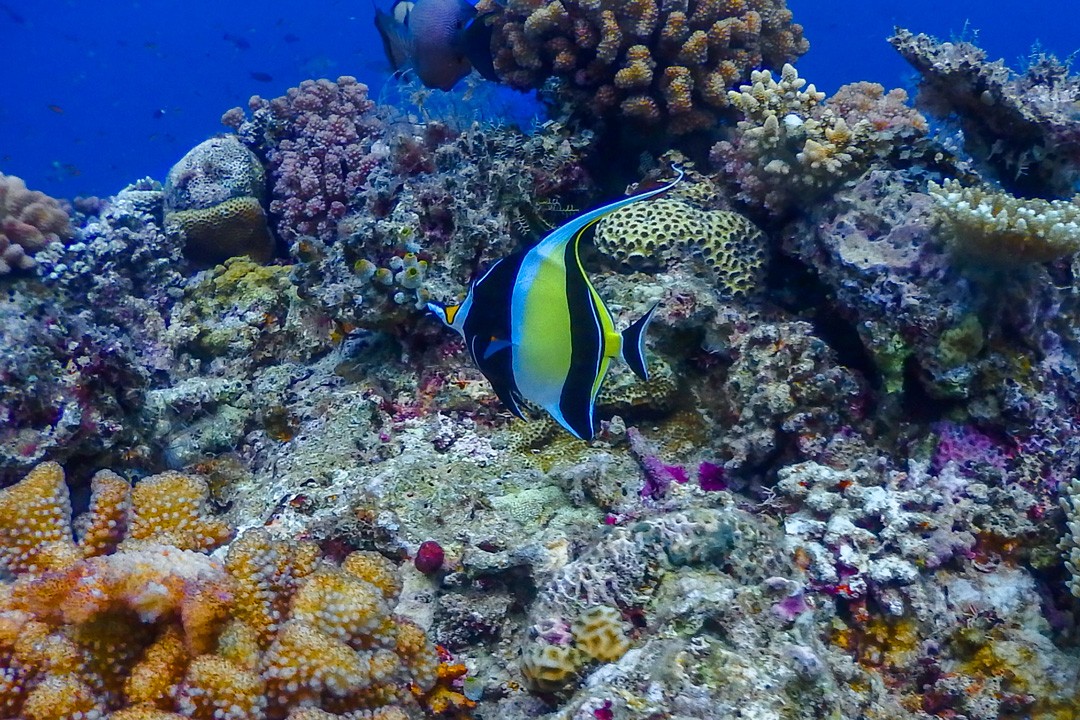
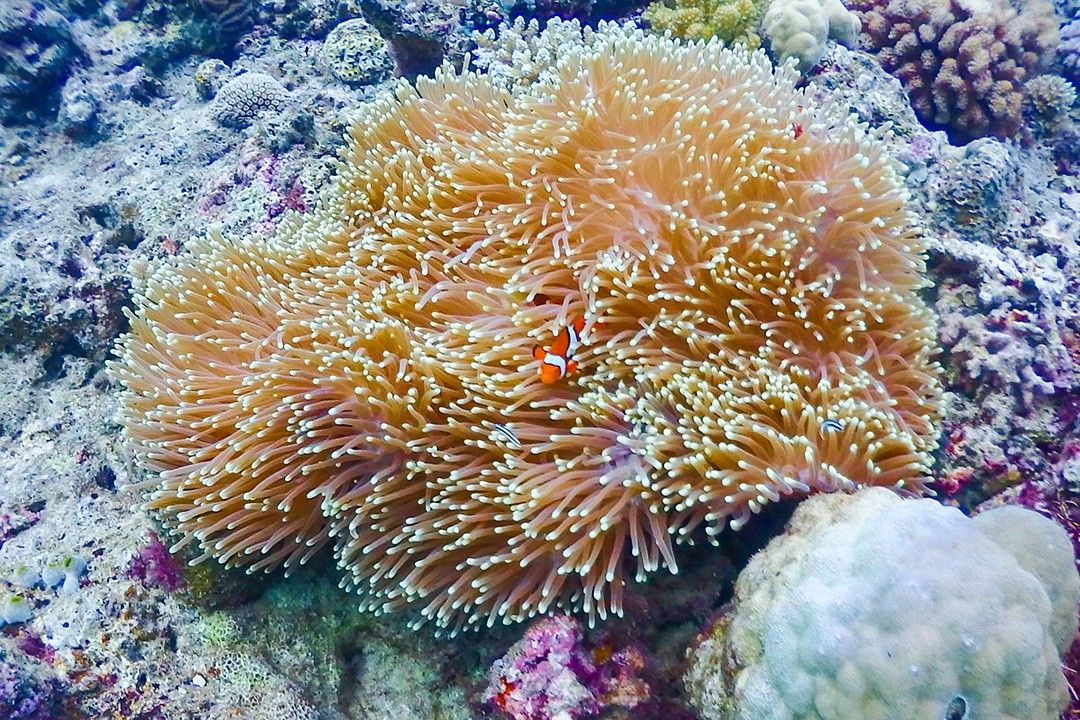
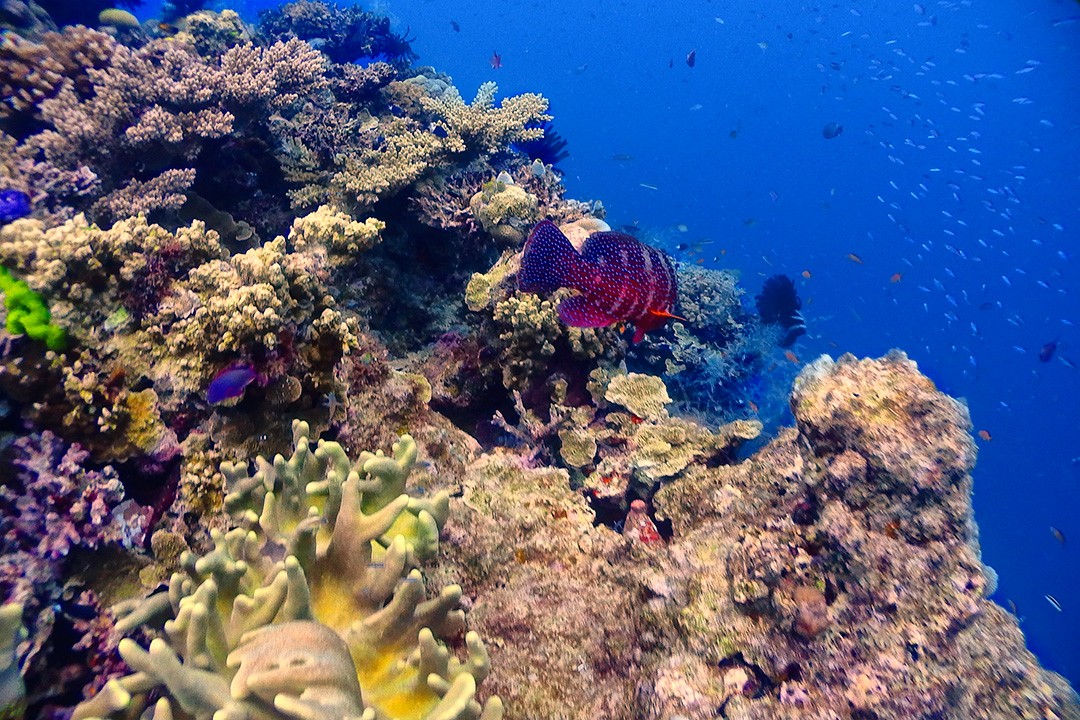
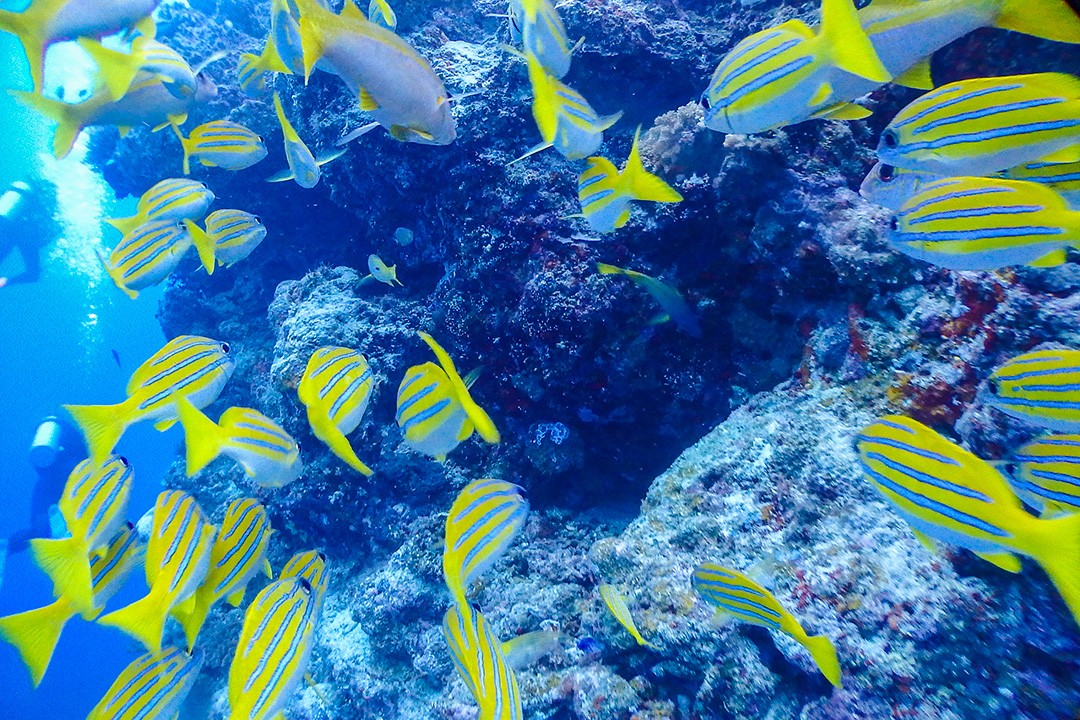
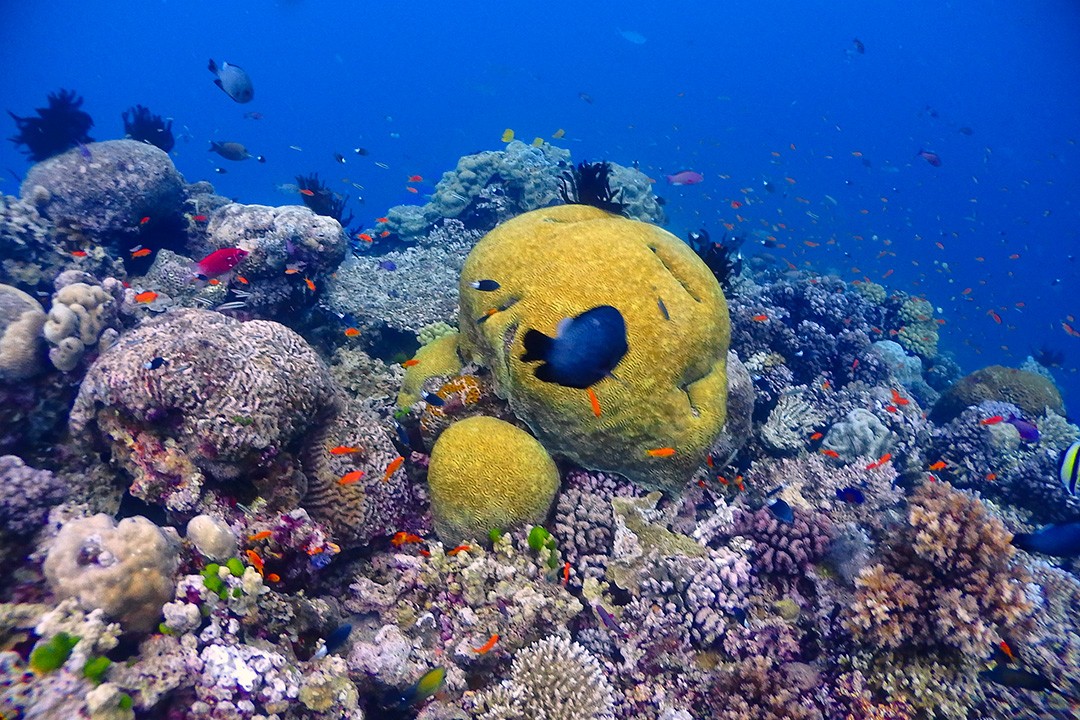
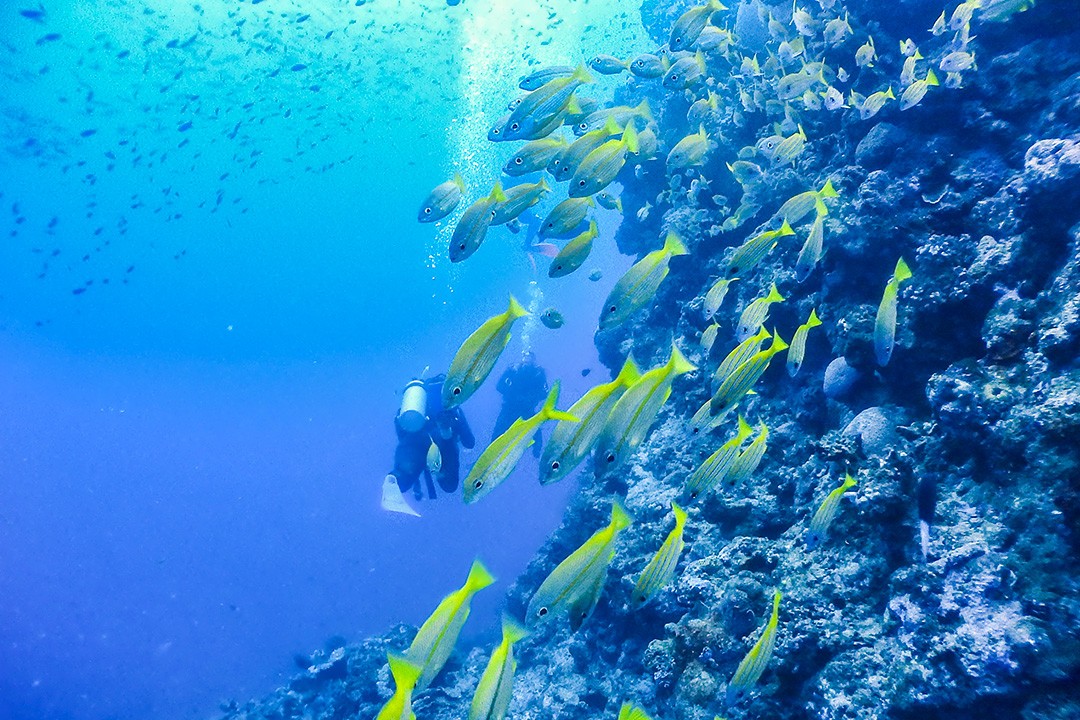
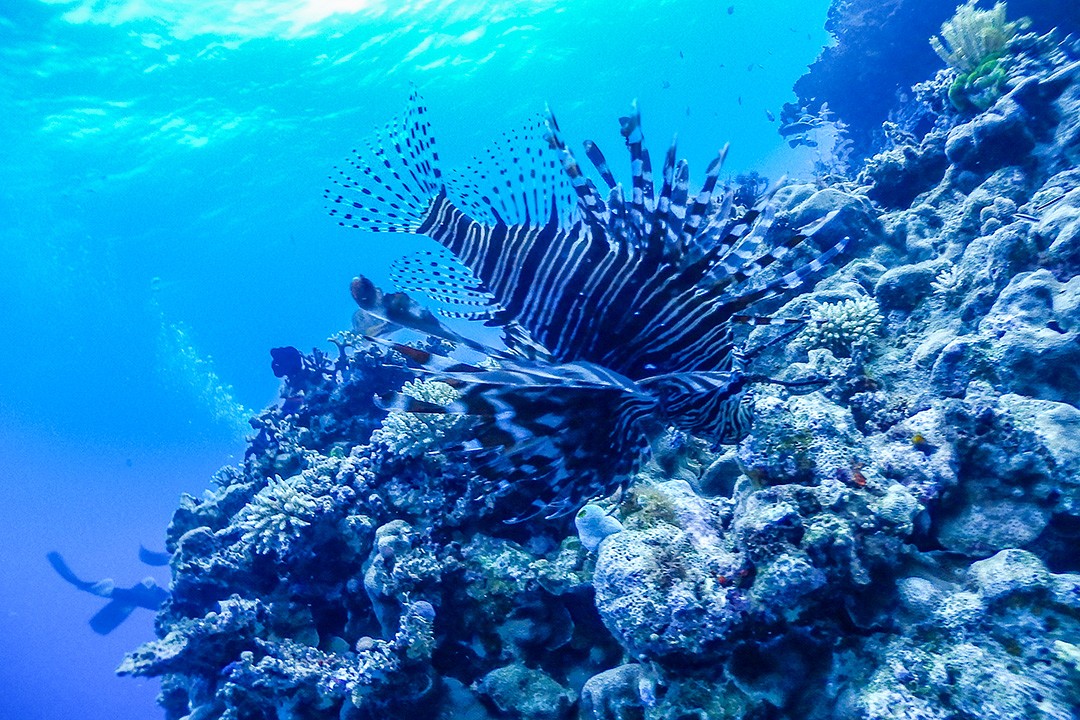
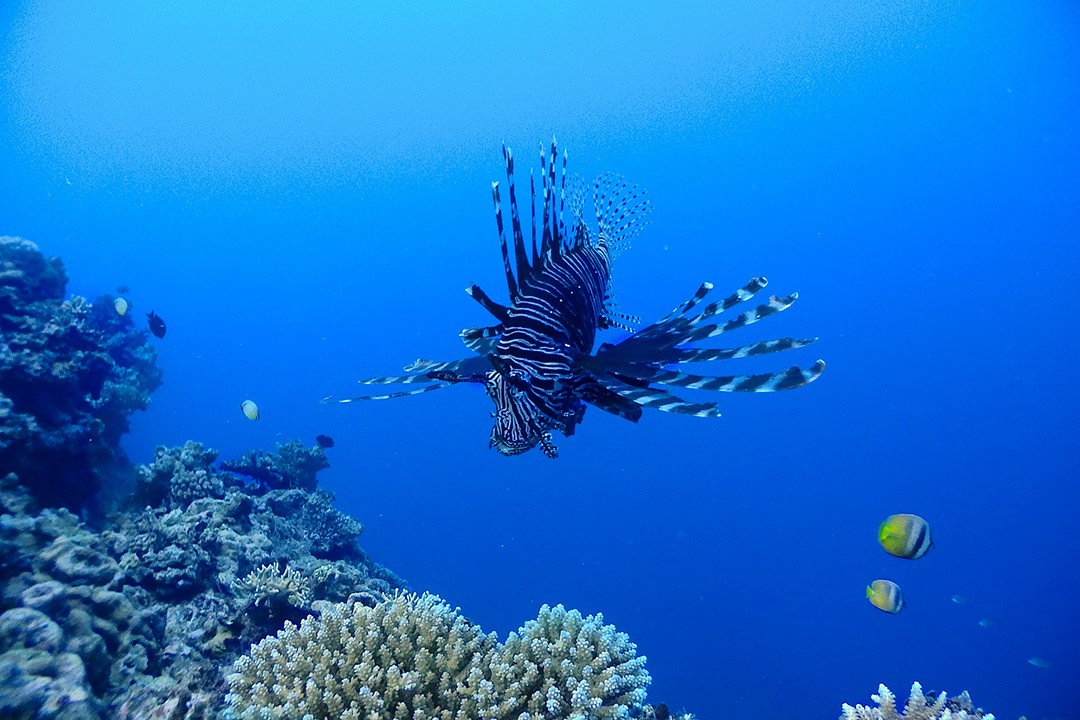
Atlas & Boots
Diving Steve’s Bommie in the Great Barrier Reef: the essentials
What: Diving Steve’s Bommie in the Great Barrier Reef, Australia.
Where: We stayed in an Upper Deck Stateroom on Coral Expeditions II. Our room was exceedingly comfortable and surprisingly spacious with plenty of storage and stunning sea views.
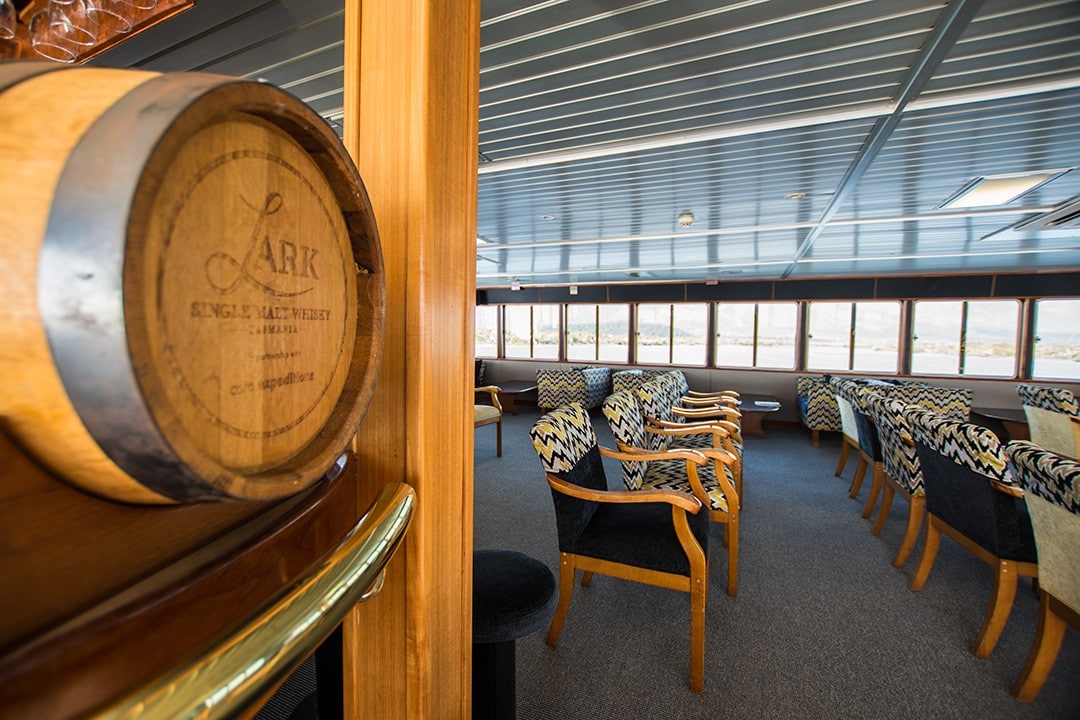
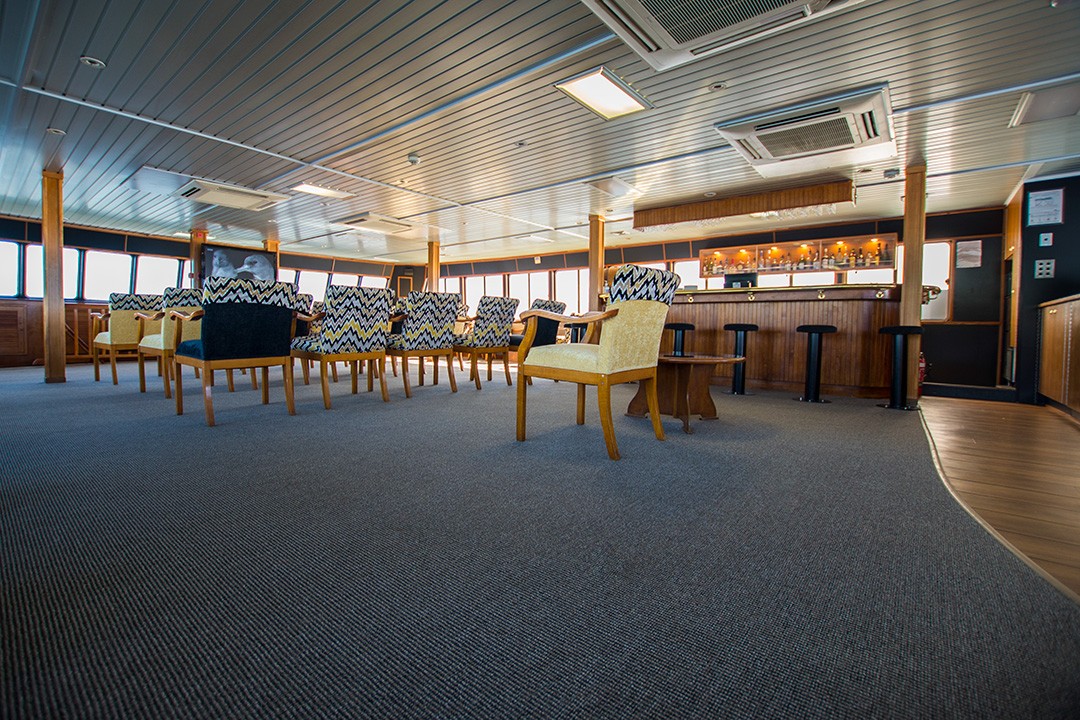
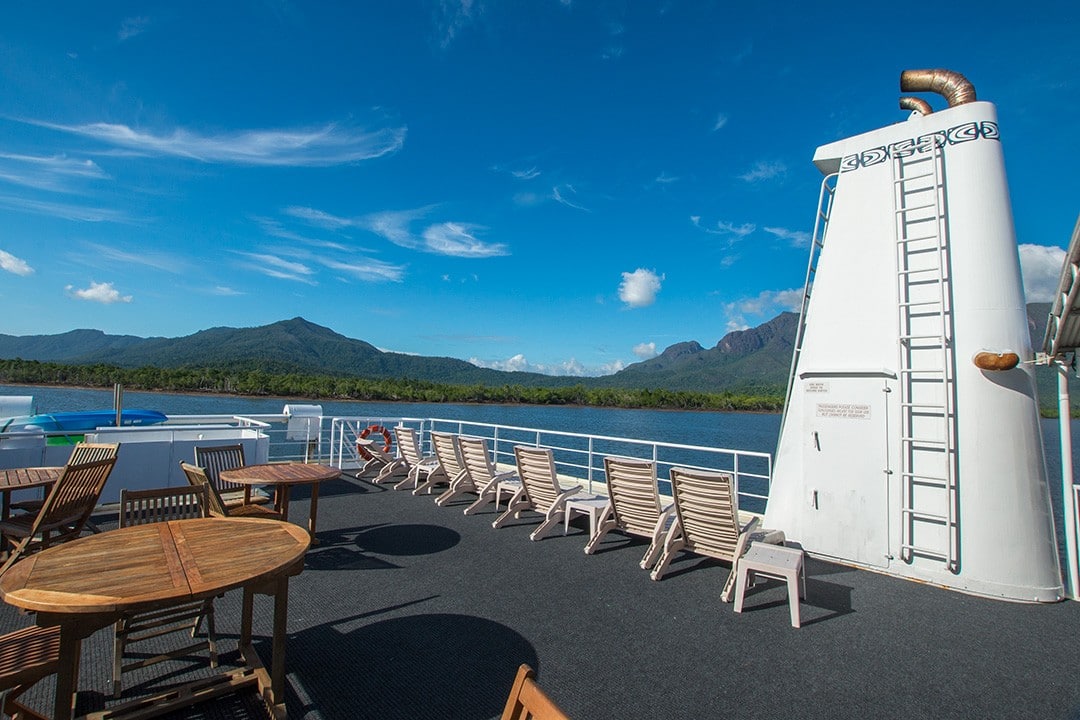
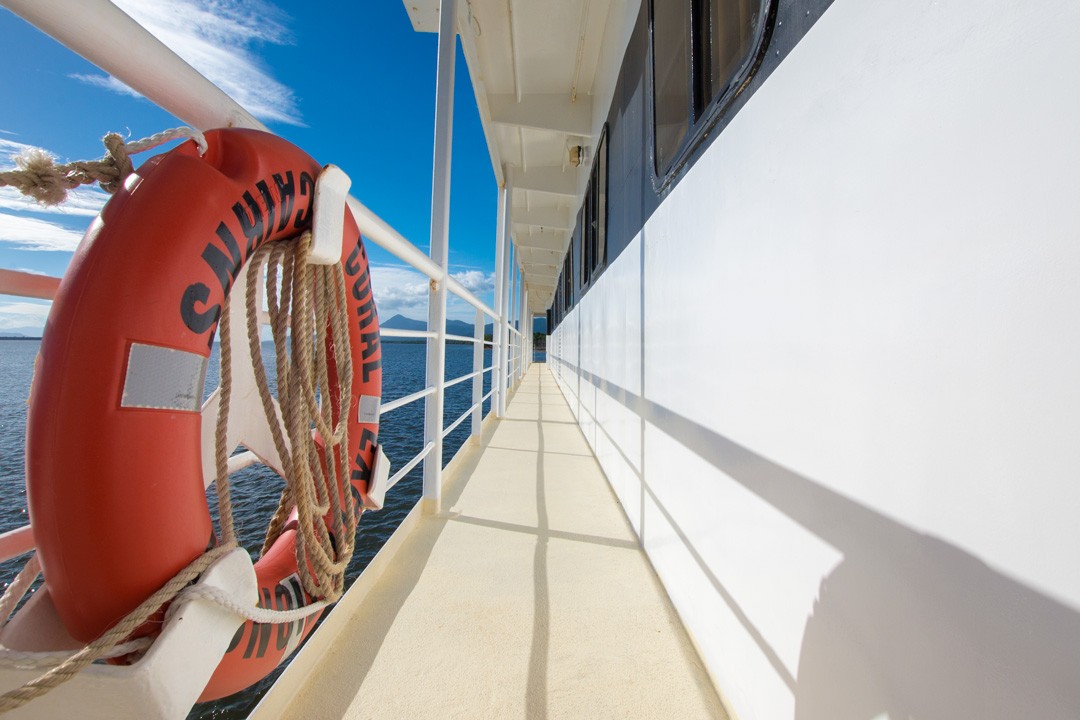
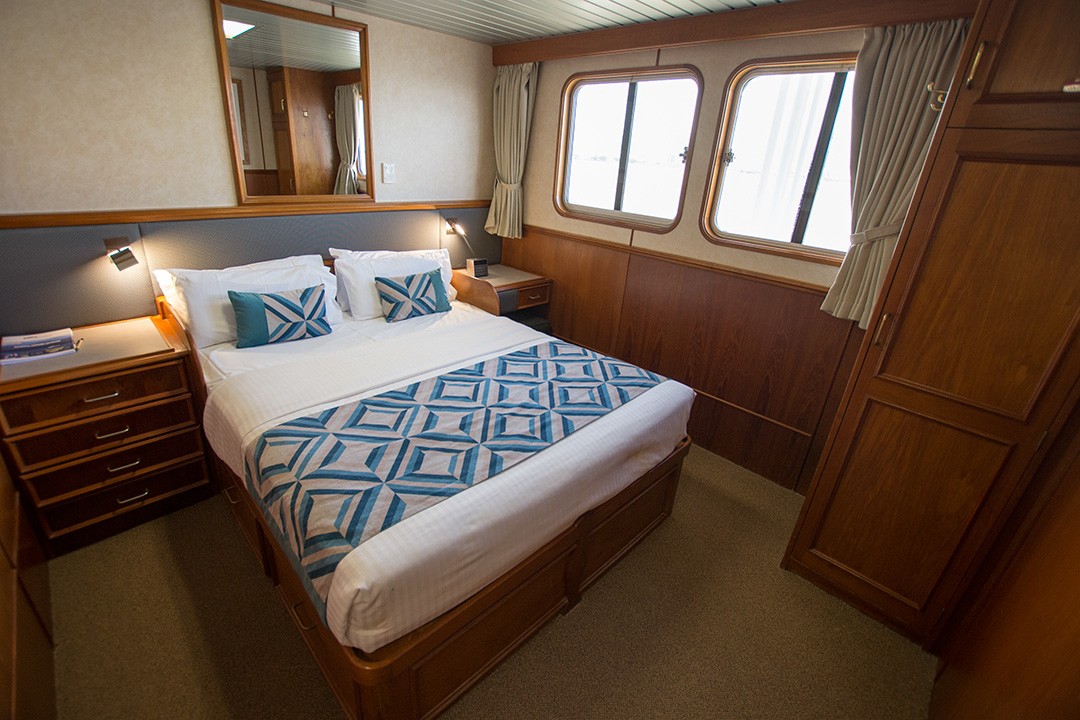
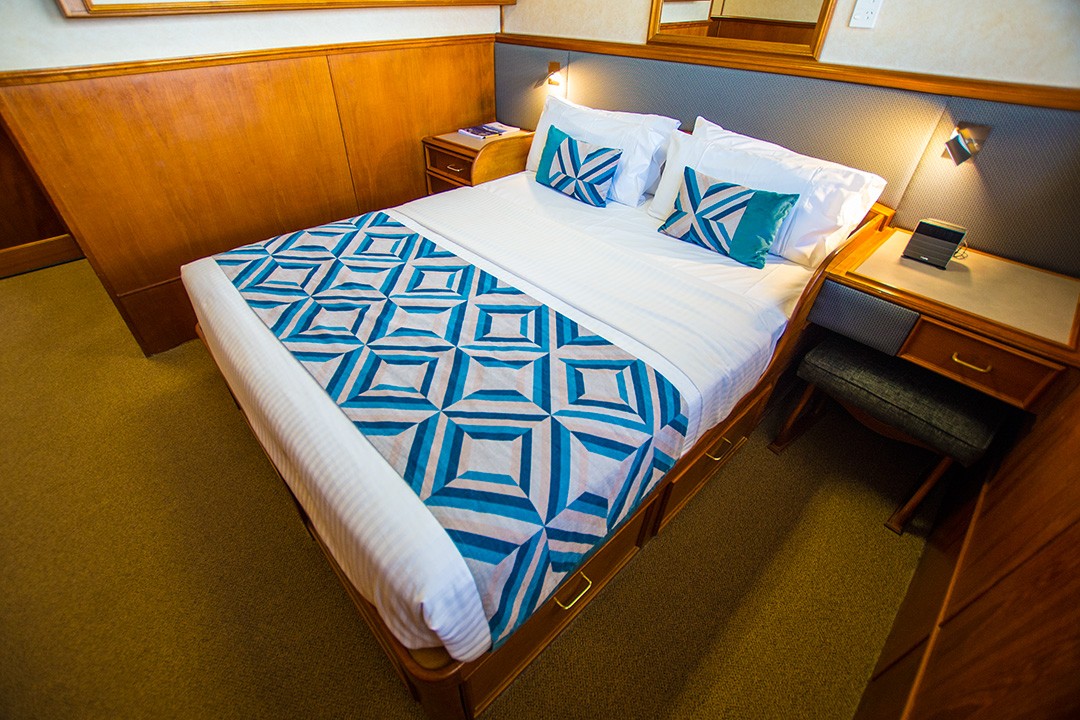
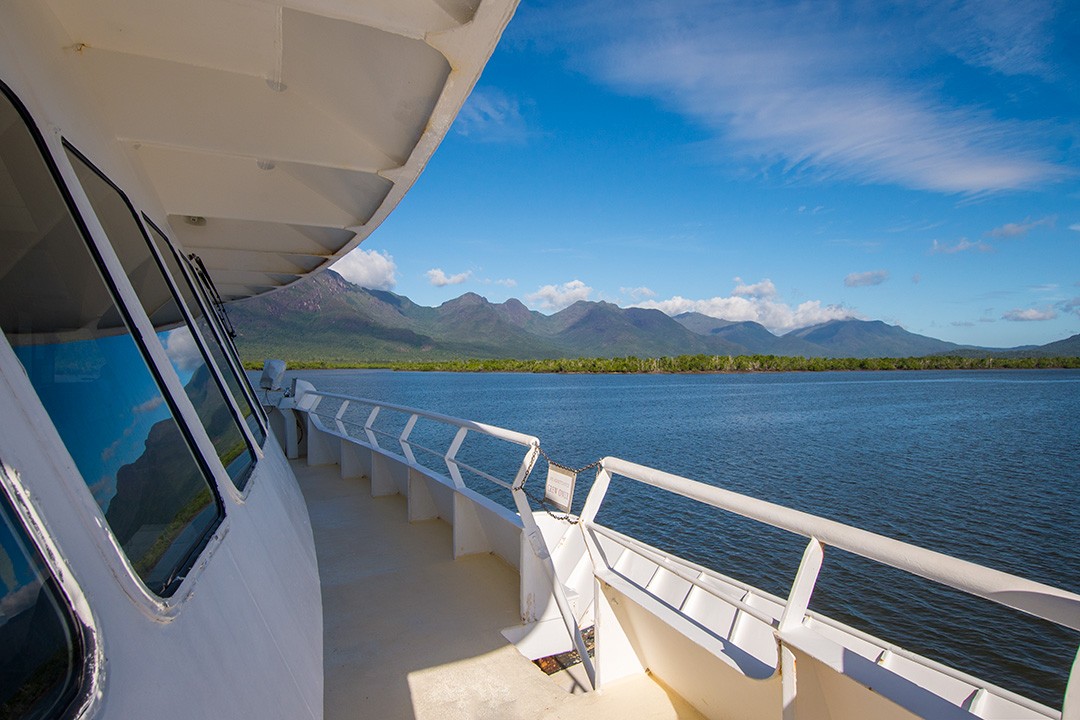
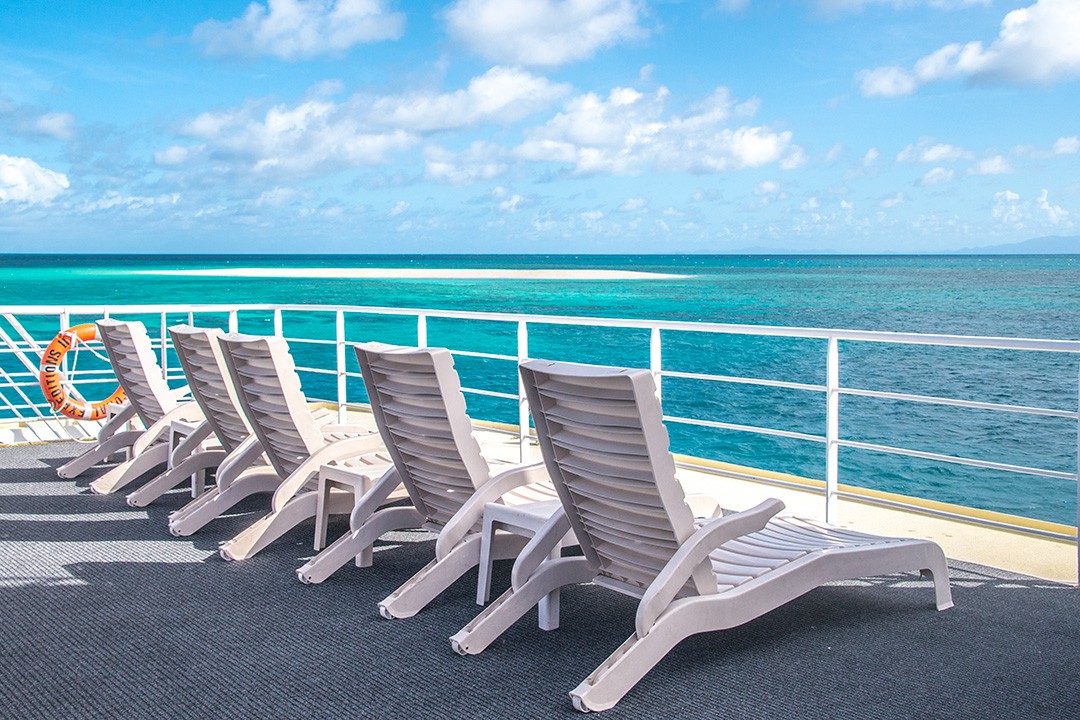
Atlas & Boots
Pre-dinner drinks were served on the top deck and meals were taken in the lower-deck dining room where chef Mark cooked up feasts for breakfast, lunch and dinner as well as morning and afternoon tea.
The maximum capacity of 44 guests (ours had 22) makes for excellent camaraderie and atmosphere, enhanced further by a delightful crew. Overall, it was a wonderful way to explore the Great Barrier Reef.
When: The best time to visit the Great Barrier Reef is July to October for high visibility and low rain and wind.
How: We joined Coral Expeditions for a 7-night expedition from Cairns to Hinchinbrook Island to Lizard Island and back to Cairns.
Prices start from $3,680 AUD ($2,720 USD) per person and include all meals, tea and coffee, snorkelling equipment and wetsuits, snorkelling excursions, guided glass-bottom boat trips, presentations by marine biologists, access to islands, marine parks and national parks, an introductory scuba skills session for first-time divers and transfer back to a Cairns hotel or Cairns Airport.
Prices do not include dives ($80 AUD / $60 USD per person, per dive) or stinger suits. Note that there is no internet access on board.
Expeditions depart from and return to the Cairns Cruise Liner Terminal. You will be given joining instructions prior to departure which is worth reading carefully as taxi drivers won’t always know exactly where to go.
Cairns itself can be reached by car using Hertz Australia, by bus using Greyhound Australia or by flight to Cairns Airport. Book domestic or international flights via Skyscanner for the best prices.
Enjoyed this post? pin it for later…
Lonely Planet Australia is a comprehensive guide to the country, ideal for those who want to both explore the top sights and take the road less travelled.
